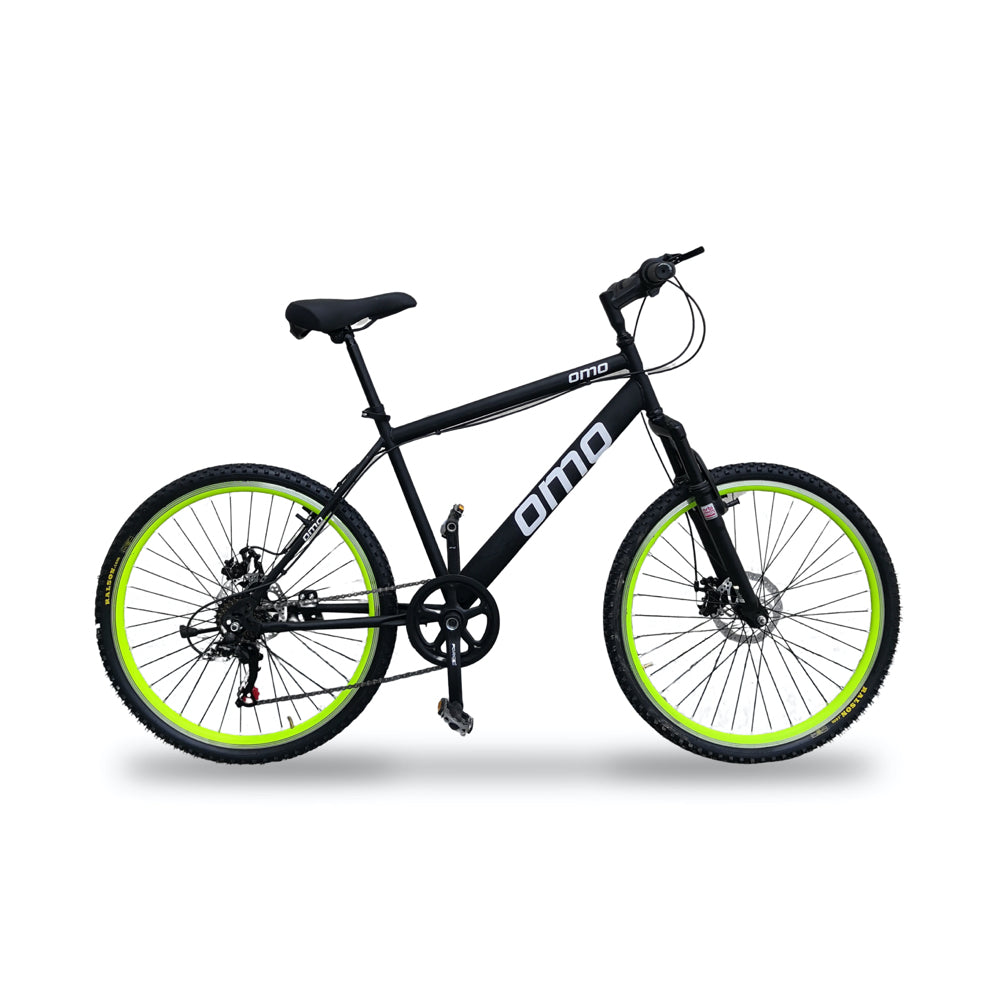How to jet wash your Bicycle – a step-by-step guide
Step 1: Remove and protect

Before you even turn the pressure washer on, remove anything you consider to be vulnerable to your bike.
This could include your GPS cycle computer, any luggage you don’t want getting soggy, and bike lights. If you have a permanently wired dynamo lighting system fitted to your bike, you may want to protect the headlight with a plastic bag.

If you have a leather saddle, a protective cover or plastic bag will prevent it from absorbing any water.
Step 2: First pass

Turn your pressure washer on and soak the bike all over, starting from a safe distance.
Gradually get closer until you can safely remove the majority of the muck and no further.

Unless you are using a lower-power pressure washer, avoid directing the jet of water into any areas that contain grease; stick to the main tubes and the tyres and rims.
Your bike’s headset, bottom bracket, hubs and rear derailleur are all particularly vulnerable, as are pedal axles and any electronic componentry. Likewise, avoid seals on suspension components.
If you’ve ridden through any animal excrement, be particularly careful when spraying this off your bike and seriously consider wearing eye protection because some can carry parasites that can cause blindness.
Step 3: Degrease

Now you have the lion’s share of the grime removed, apply degreaser to the crankset, chain, derailleurs and cassette.

Use a stiff brush to release stubborn grease and a chain cleaner to get those rollers running smoothly again.
If you’re using a spray degreaser, be mindful not to get any on your disc rotors or braking surface.
Step 4: Cleaning products
If there is any degreaser left on your drivetrain, it will degrade and remove any chain lube you add on afterwards.
Liberally apply cleaning products to the whole bike, especially the drivetrain.
Use a dirty sponge for the drivetrain and a clean one for the frame, seatpost, saddle and bar. Again, be careful to avoid flicking any greasy suds onto the disc rotors.
Step 5: Second pass

Use the pressure washer again to remove any soapy residue from the whole bike, this time at a slightly greater distance than before.
Any dirt should be loose and flow off easily by this point, so there’s no need to be close.
Step 6: Dry

Using a clean rag, give the chain a quick dry before leaving the bike to dry fully.
If you’re in a rush, an old towel will do the trick, but laying the bike driveside up in a sunny spot is just as effective if it’s not too cold.
Step 7: Lubricate and protect

Nobody likes the sound of a dry chain (and it’s less efficient), so don’t forget to apply your favorite lubricant and wipe off any residue following the manufacturer’s instructions.
It’s important you wipe off excess lube because it helps to stop your chain from getting contaminated with road grime or mud, which will put you straight back to square one.
If you want to have the most efficient (and cleanest) chain possible, you may want to consider waxing your chain.

As for the frame, prevention is better than cure. Applying a coat of protective compound before your next ride can save you precious washing time afterwards. It can also help keep your paint looking fresh.
Some protective compounds are aerosol-based (others are applied as a liquid with a microfiber cloth), which can contaminate your brake pads, so keep it away from your discs.
So, this is some important information which we would like to make your bike safe when you give a wash by pressure but still you have an issue or queries, please let us know in comment box, our OMO technical team will help you for same.
MEANWHILE, RIDE HARD & RIDE SAFE......


